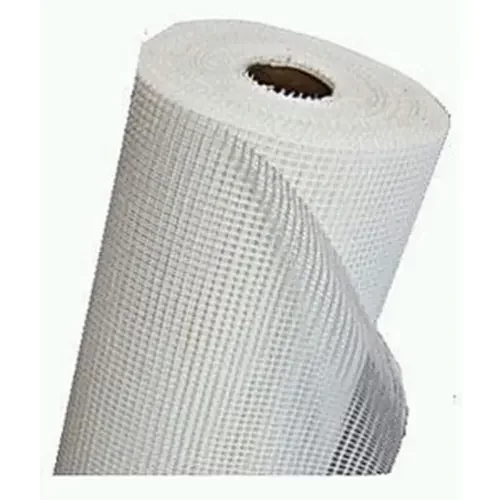Tools
Today, in addition to efficient and engineered materials, new tools have come to the aid of craftsmen to perform the executive stages in the building finishing sector with the highest quality, accuracy, speed and durability.
Using these tools results in accuracy and order in tiling and waterproofing, and while helping to beautify the work and fast and easy execution, it prevents early subsequent damage.
We will become familiar with a few examples of practical and common tools used by craftsmen.
Sahand Chemical Waterproofing Mesh
Waterproofing mesh is a network of woven fibers that is used during the application of Sahand Chemical two-component waterproofing. The use of this product in corners and around pipes and fittings strengthens and prevents surface cracking, ensuring the integrity and increasing the tensile strength of waterproofing materials.
Clips and Wedges
Clips and wedges are among the new products in tile and ceramic installation, the purpose of which is to align them and place them at equal and regular intervals. The use of these tools is possible for installing tiles, ceramics, and stones in small and large dimensions on walls or floors.
Professional craftsmen use clips and wedges to prevent nail marks on tiled surfaces and unwanted movement before the mortar dries.
Unevenness, or what is known as “nail marks,” on the tiled surface causes the accumulation and failure to drain water and detergents, which, in addition to the difficulty of cleaning, is a factor in the penetration of moisture and chemicals into the underlying surface of the tile and can cause the installed panels to become loose.
On the other hand, nail marks are accompanied by chipping of the glaze on the tile and ceramic surface, which causes the loss of its aesthetic appearance. The use of clips and wedges minimizes installation errors, and at the end, you will have a beautiful, uniform, level, and regular tiled surface.
Tile and Ceramic Spacers (Crosses)
This practical and simple product, while being cost-effective, adjusts the distance between the tile and ceramic joints and increases the speed and accuracy of tiling.
The spacer or tile cross has an appearance like a (+) sign and is made of HDPE polymer. Professional craftsmen use these pieces to create joints with the desired and uniform width between tiles and ceramics.
Tile spacers are somewhat effective in preventing the movement of tiles before the mortar dries and help to have a beautiful surface and panels with regular and uniform distances at the end.







